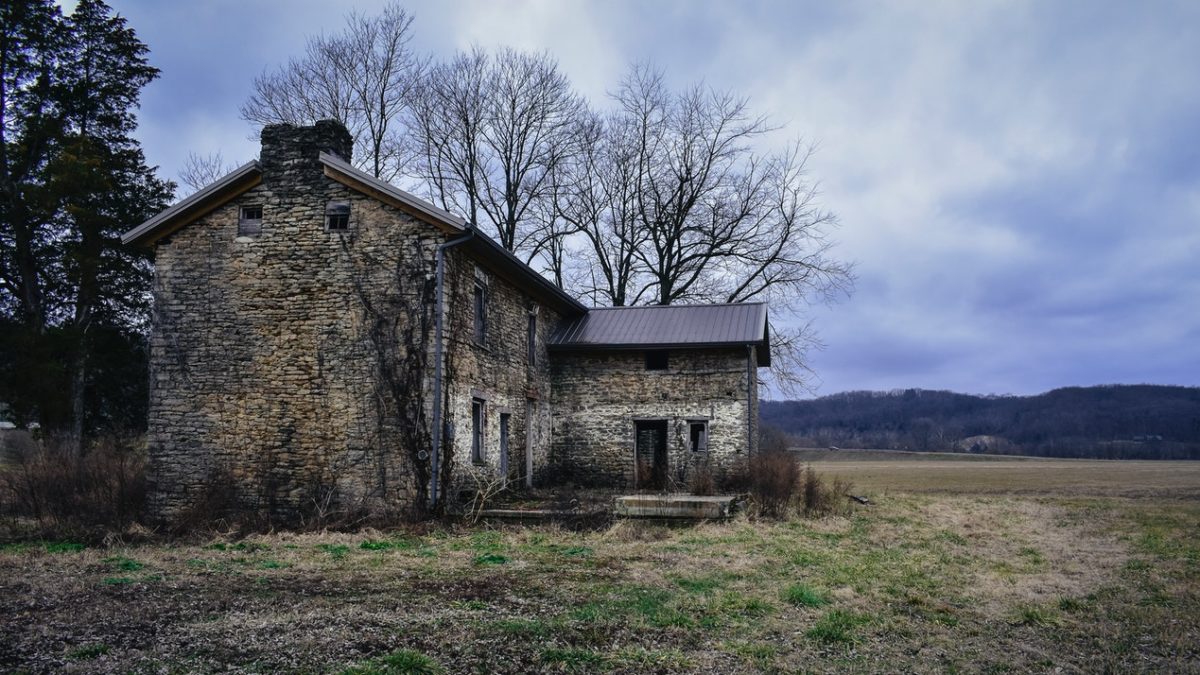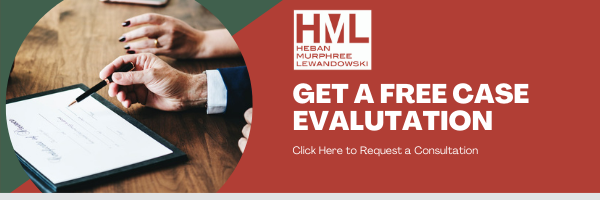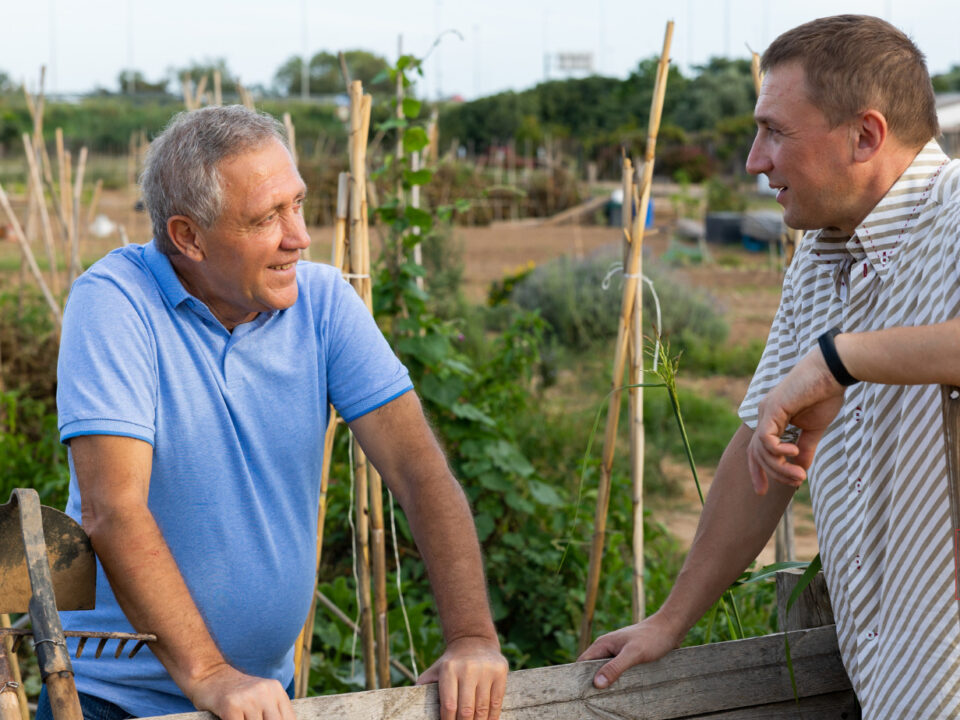- EXPERIENCED LAW FIRM IN TOLEDO, OH
- (419) 662-3100
What Happens to Property if There is No Will?

Can A Child Contest A Will If Excluded?
June 18, 2021
Denied Life Insurance Claim Attorneys in Ohio
July 29, 2021
Who Gets The House If There Is No Will?
Making a will is one of those tasks most people know they should be doing, but many forget to actually do. So what happens if you die without a will and own property? In Ohio, estates are under an intestacy statute, and this statute dictates how to distribute property if there is no will. But, unfortunately, it treats every property and estate the same, and for many, this means it is not a good fit at all.
Choosing the Executor
The executor of the state is the person in charge of it while the distributions are made. If someone dies with no will, other family members can apply with the courts to be the executor. If no one chooses to apply for this role, the courts often appoint a trust company if the assets are significant. Once the executor is in place, the rest of the process can proceed.
How Do I Settle an Estate Without a Will
Settling an estate means distributing the assets based on state law or based on the person’s will or trust. If there is no will, the first step after choosing the executor is identifying, recording, and gathering the assets. Then, using those assets, the executor must pay outstanding debts and taxes on the estate. Finally, what is remaining gets distributed to the beneficiaries, and the estate is closed.
Without a will, you have to do all of these steps. However, when it comes to distribution, the executor must follow the intestacy law’s order. Typically this means:
- The surviving spouse takes everything if there is a surviving spouse unless there are stepchildren involved.
- If there are stepchildren, the spouse takes a fixed amount between $20,000 and $60,000, then an additional portion of the estate. After that, the rest gets divided among the stepchildren.
- If there is no spouse and no descendants, the decedent’s parents receive the estate.
- If there are no surviving parents, the siblings get equal shares of the estate, and if there are no siblings, the estate goes to any surviving grandparents, followed by the descendants of the grandparents.
- If no relatives are living, the estate is given to the state.
Per Stirpes Inheritance
If this line of succession is not possible, one other scenario in Ohio can prevent the state from taking the estate. If someone belongs to one of the groups that should receive an inheritance, like a sibling or grandparent, and that person died before the estate owner, then the inheritance can go to that person’s lineal descendants per stirpes. This Latin phrase means “by the branch,” and families receive their inheritance in equal shares under Ohio estate law even if the main recipient is no longer living.
For example, if someone with no spouse dies but has three kids, the inheritance goes to the kids. However, if one of the children has previously died, leaving behind their own children, then the two remaining kids each get one-third of the estate under the intestacy laws. The remaining third is given to the grandchildren of the estate’s owner per stirpes, just as if the adult child were still alive.
What Happens to the House when the Owner Dies Without a Will?
Property in these processes can refer to anything from money to a car, but one of the most common concerns families face is what to do with a house. If you have an estate that includes the home, the deed to the house must legally transfer to the person who will be taking it unless the heirs to the estate wish to sell it. Typically this is the surviving spouse or the decadent’s children.
Once the heir is identified, the process of transferring the deed can begin. First, if the property is not heading for probate court, you will need to prepare an heirship affidavit to identify the appropriate heir for the property. Then, the legal recipient of the property based on Ohio’s intestacy statute can prepare the deed transferring ownership from the individual to the new heirs. Filing the deed with the land records department is the final step.
If the estate goes to probate, the intended recipient can petition the court to sell the property. If the individual had a large debt, the recipient might have to pay for the property to help pay off that debt. If not, then the courts can transfer the property as part of the overall inheritance based on the line of succession in Ohio.
Ohio’s laws are fairly straightforward, and the state’s chances of taking the full estate are low. However, the best way to direct your estate’s distribution is with an estate plan. Talk to our legal team about writing a will and making sure your estate and heirs are protected.







